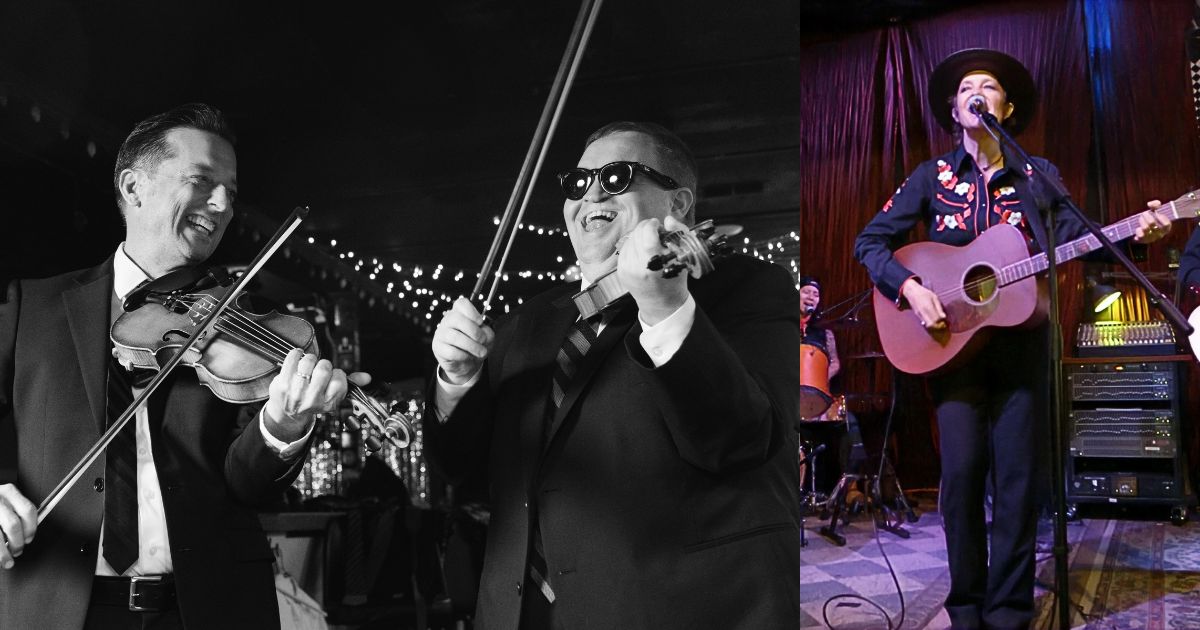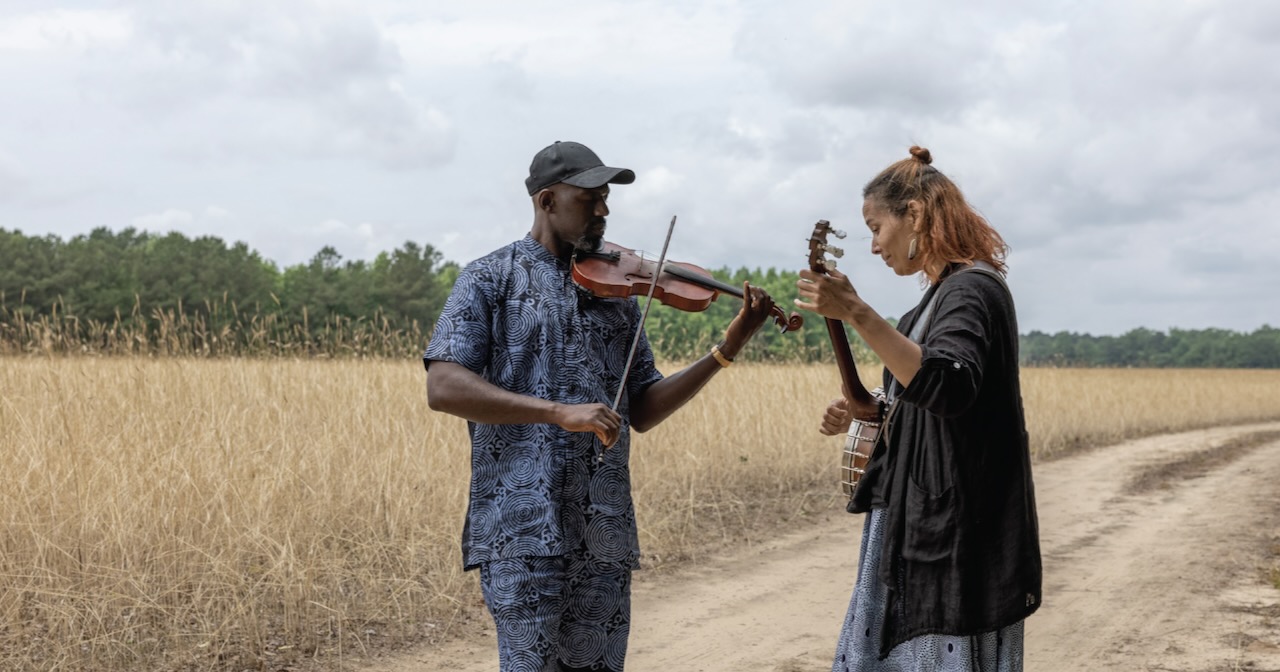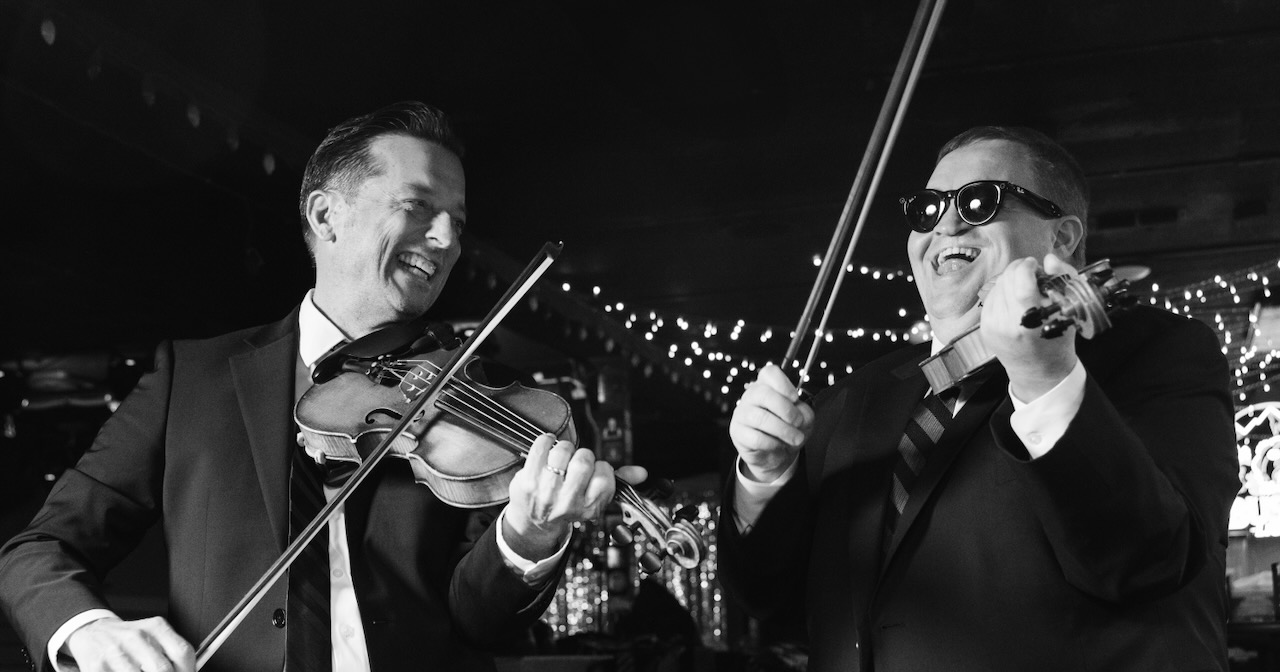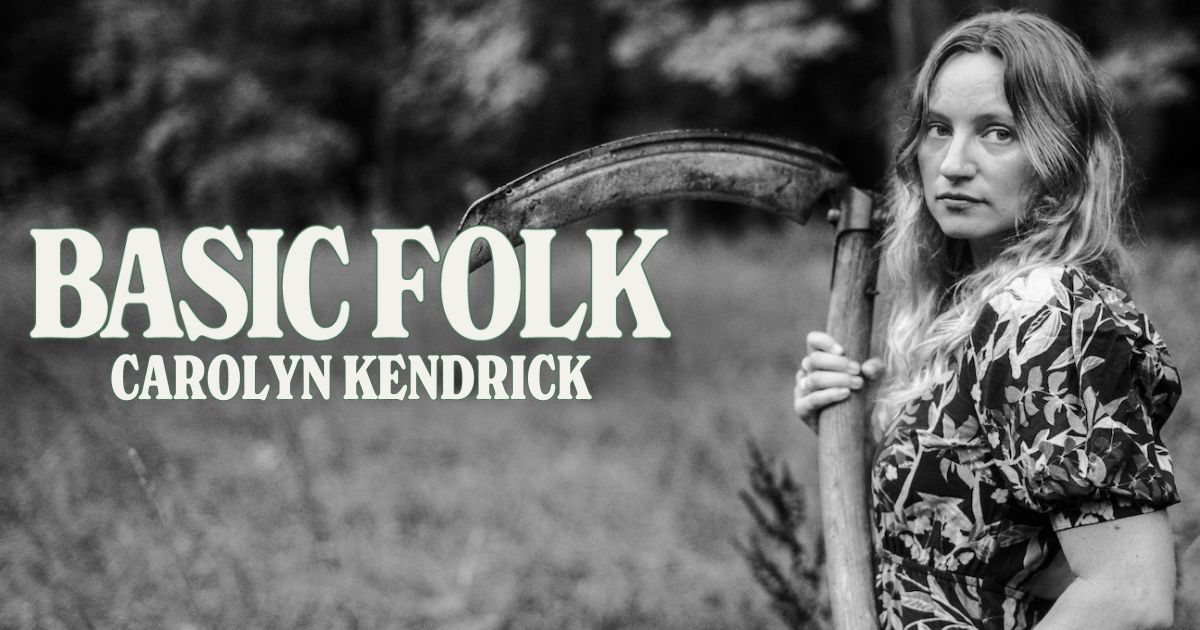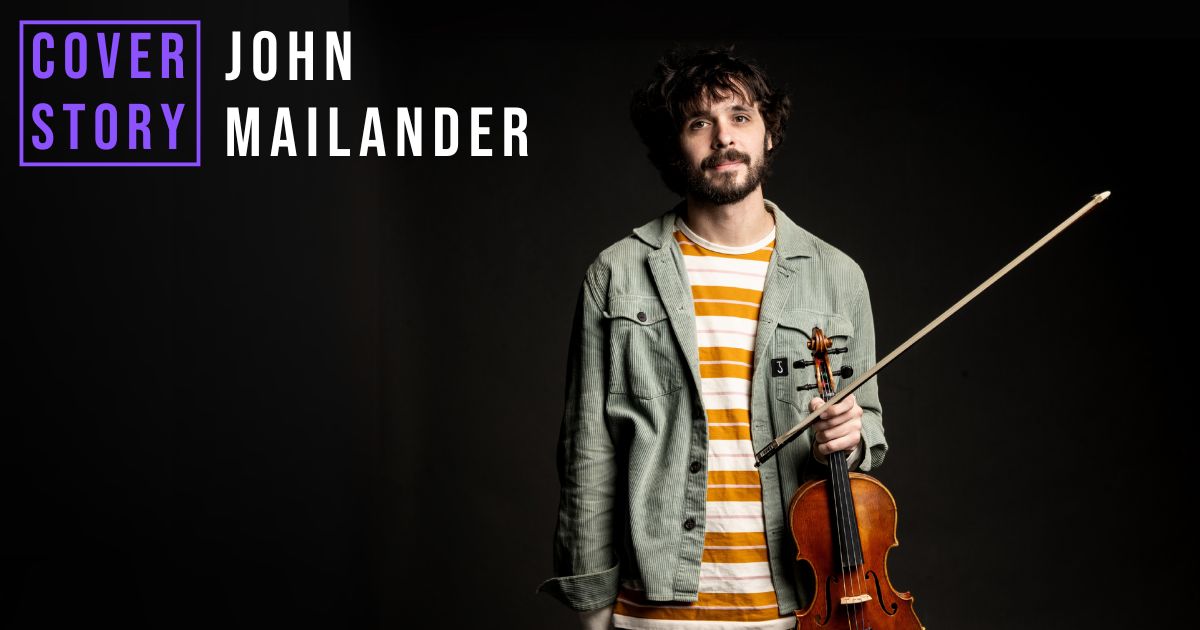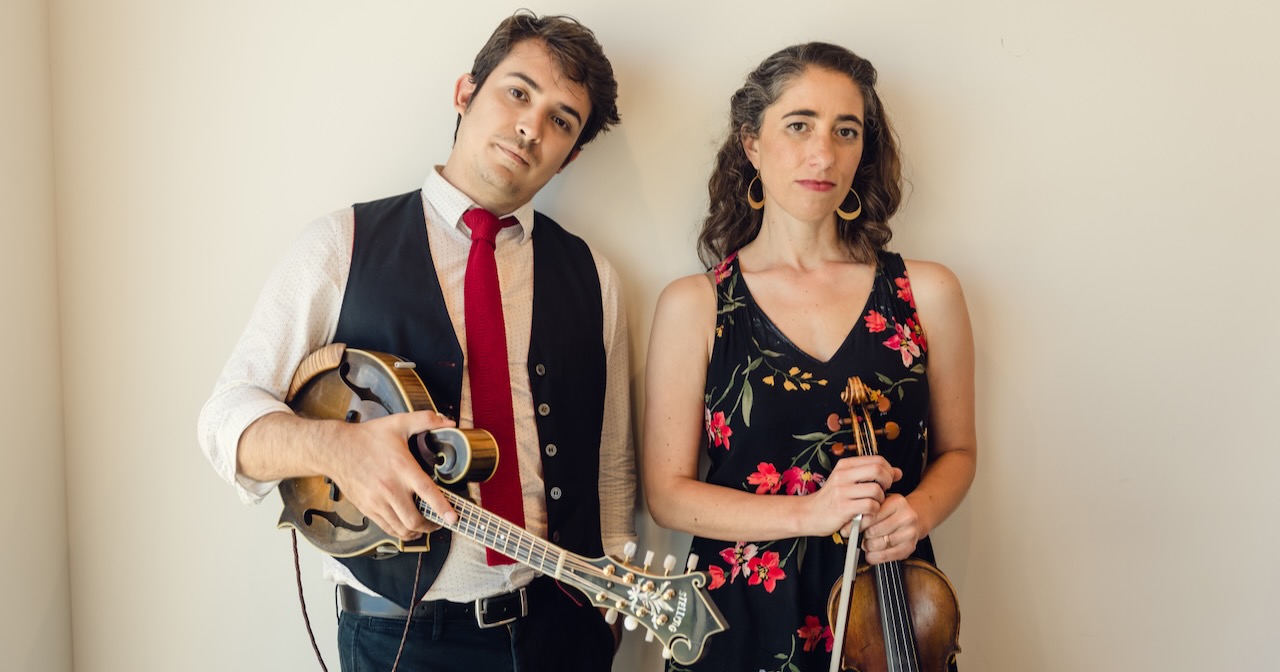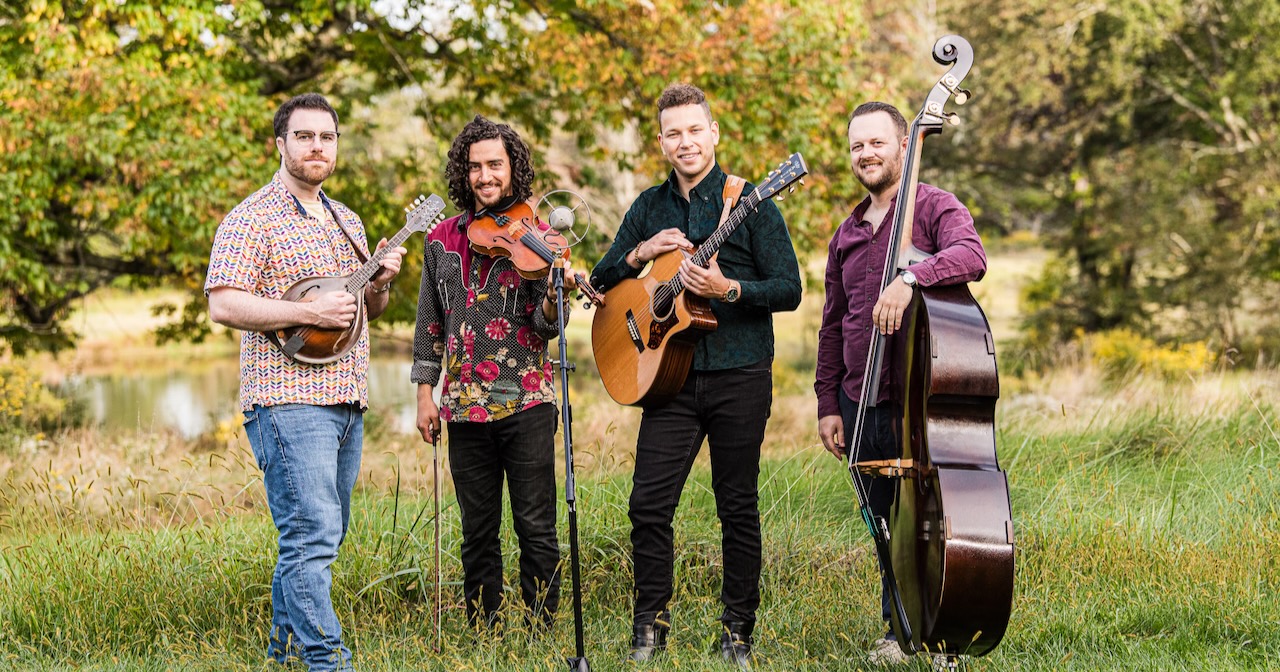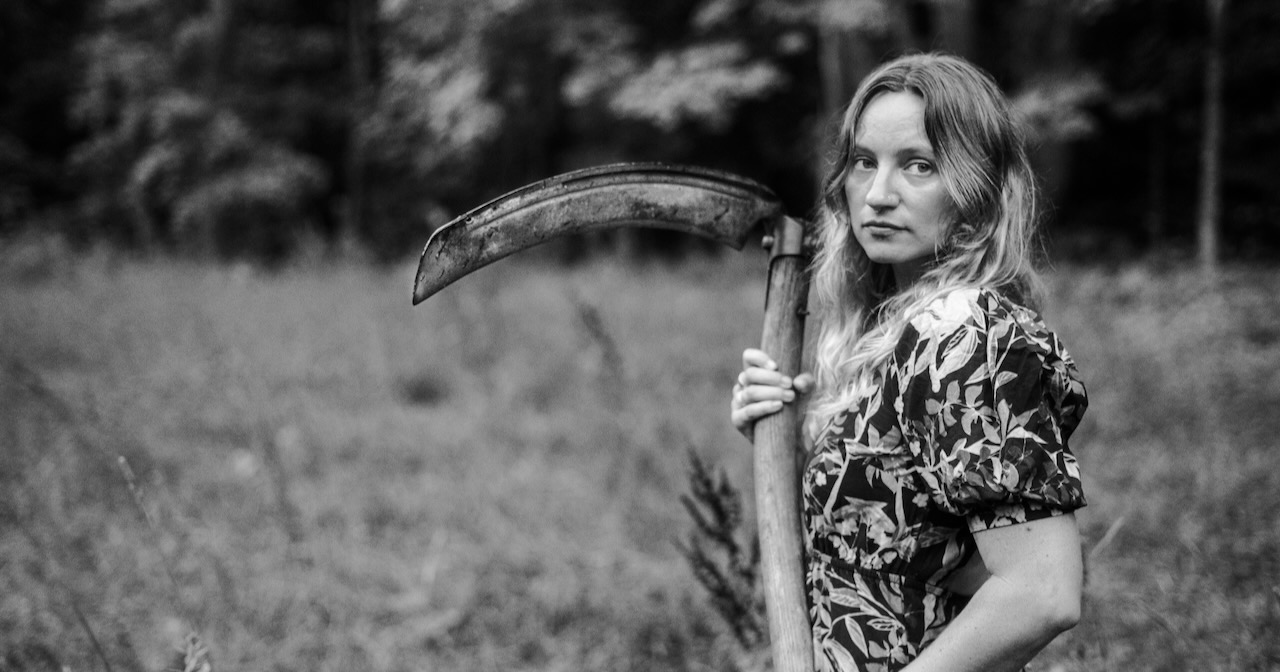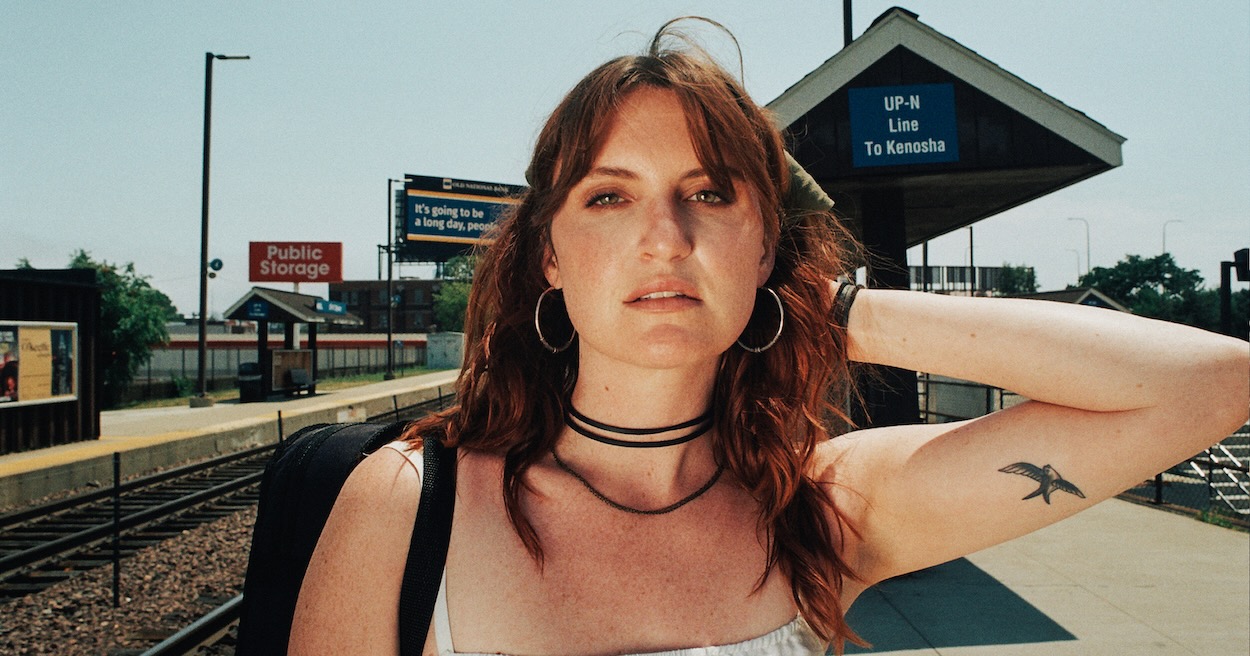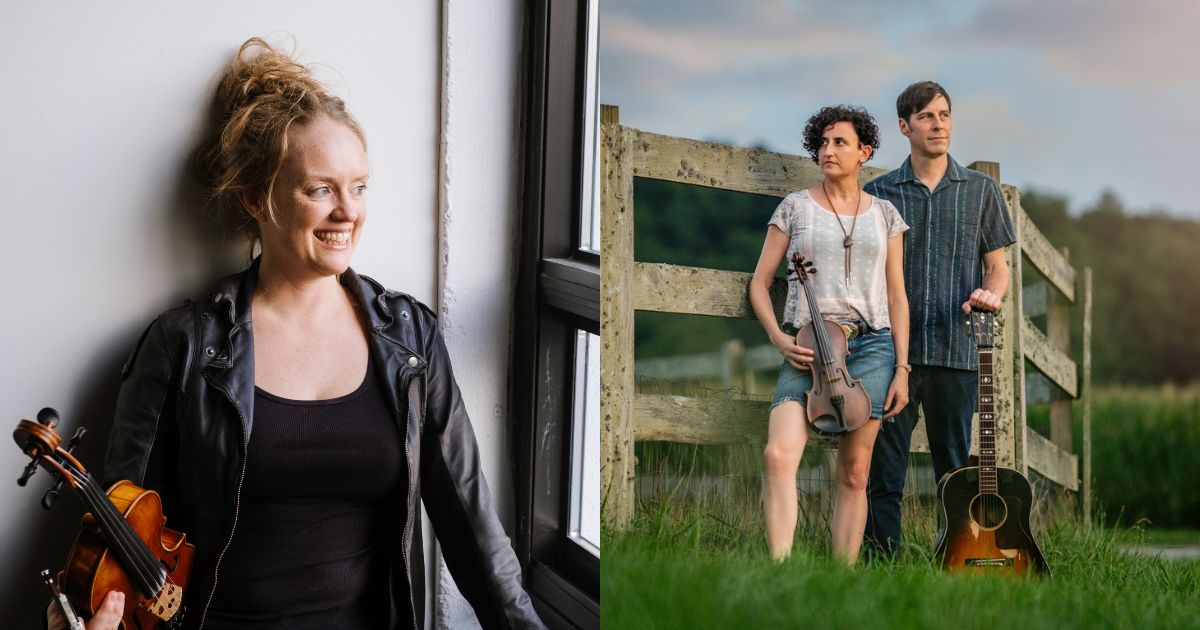Happy Friday! We’ve got another excellent premiere round-up for you to finish out your week with a roots music high note.
Check out brand new tracks like “Heartless” from singer-songwriter Dustin Brown. It’s a song about finding redemption in self-doubt in an alt-country meets Americana package. Plus, North Carolina bluegrass outfit Unspoken Tradition pay tribute to Acoustic Syndicate and Steve McMurry with their new cover of “Katie and Burl.”
Just in time for Valentine’s Day next week, Nick Taylor debuts his video for “Lover’s Dream,” a lovely number built around tender fingerpicking that came to Taylor in the middle of the pitch-dark night. We’ve also got a honky-tonkin’ music video from Portland, Oregon’s Ashleigh Flynn & the Riveters. Their new track, “Drunk in Ojai,” retells a story of too much tequila and an unlikely guardian angel named Dutch.
You won’t want to miss “With a Vamp In the Middle,” a brand new single from Jason Carter & Michael Cleveland from their just announced debut duo album (due in March) that premiered on BGS earlier this week.
It’s all right here on BGS. Scroll now to find all these songs and more, because You Gotta Hear This!
Dustin Brown, “Heartless”
Artist: Dustin Brown
Hometown: Moody, Texas
Song: “Heartless”
Album: Dustin Brown
Release Date: March 28, 2025 (album)
In Their Words: “Everyone comes into this life clean, unmarked, and full of love. Unfortunately, on the other end, some come out dirty, marred, and heartless. This song comes from a place of resolve, in accepting that at times you must be a little crazy especially when dealing with folks that suffer from a heartless nature. I suppose it’s a redemption song about self-doubt and how powerful of a driving force that can be in life and love.” – Dustin Brown
Track Credits:
Dustin Brown – Lead vocal, songwriting, guitar
Rachel Cole – Backing vocals
Joel Allan – Lead guitar
Christopher Smith – Drums
James Bartosh – Bass
Carter & Cleveland, “With a Vamp In the Middle” (Live at the Grand Ole Opry)
Artist: Jason Carter & Michael Cleveland
Hometown: Nashville, Tennessee and Charlestown, Indiana
Song: “With A Vamp In The Middle”
Album: Carter & Cleveland
Release Date: February 5, 2025 (single); March 14, 2025 (album)
Label: Fiddle Man Records
In Their Words: “This song has always felt like a national anthem for fiddle players and it’s our tribute to the legendary John Hartford and Vassar Clements. It’s long been a favorite for Michael and me to jam on – perfect for twin fiddles and a blast to improvise and trade licks on. Having Darrell Scott’s harmony vocals on [the studio version of] this track was an absolute honor, and his contribution took it to another level. I hope y’all enjoy it!” – Jason Carter
Ashleigh Flynn & the Riveters, “Drunk in Ojai”
Artist: Ashleigh Flynn & The Riveters
Hometown: Portland, Oregon
Song: “Drunk in Ojai”
Album: Good Morning Sunshine
Release Date: April 4, 2025 (album)
Label: Blackbird Record Label
In Their Words: “This song wrote itself – it’s a true story! Nearly a decade ago, I crashed Nancy’s (record producer) wedding with our mutual friend who had introduced me to her. I had played a solo gig the night before at the Deer Lodge in Ojai. After the show, the owner at the time was losing his mind (in a good way) because the entire cast of Mad Men had just shown up for dinner – likely to celebrate the show wrap. He came up to my friend and me, and invited us to the bar, as we all marveled at ‘Don Draper and Co.’ filing into the back banquet room.
“The owner proceeded to offer us a taste of nearly every tequila at the bar after which he pointed us toward the late-night hang, ‘The Cantina,’ where, for better or worse, we continued to imbibe tequila. As the night wound down, we opted not to drive ourselves back to the hotel, because we were clearly too tipsy. We asked the Cantina bartender for taxi suggestions and she handed us a card that simply said ‘Dutch’ and included a number… We called the number, and minutes later an off-white Bronco with ‘Ojai Fire and Rescue’ painted in red across the doors pulled up. ‘You gals called for a ride?’
“When I got to the wedding the next day, a friend there asked, ‘So what did you do last night?’ I said, ‘I got drunk in Ojai. I didn’t know where I was. Caught a ride from the fire and rescue; the driver’s name was Dutch.’ That friend literally sang that line back to me and that was that – took five minutes to finish it as soon as I got my hands on a guitar. The band adds, ‘We are grateful to Dutch for getting us home safely.'” – Ashleigh Flynn
Track Credits:
Ashleigh Flynn – Lead vocal, acoustic guitar
Nancy Luca – Electric guitar
Carmen Paradise – Bass
Leila Chieko – Drums
Kat Fountain – Harmonica
Kathryn Claire – Harmony vocals, violin
Jenny Conlee – Piano, organ
Video Credits: Art direction, animation by Lupo Studio.
Videography, editing by Polly Lisicak, Cai Indermaur.
Special thanks to the staff of Laurelthirst Pub and Music Portland/EchoFund.
Nick Taylor, “Lover’s Dream”
Artist: Nick Taylor
Hometown: Austin, Texas
Song: “Lover’s Dream”
Release Date: February 14, 2025
In Their Words: “I wrote ‘Lover’s Dream’ in the early days of a relationship. I was living in a first-floor apartment that was basically a cave and came home one night with a song in my head. I sat down in the dark and played the song all the way through without stopping. When I woke up in the morning I realized I hadn’t written any of it down, so I got to work trying to reconstruct what I could remember. I still have no idea what how similar this version is to what I played that night, but I have been waiting a long time to release it out into the world as a single.
“We recorded this one in Nashville, just me and my guitar in the studio with Bryce, the recording engineer. We set up in the middle of the biggest room and it felt just like the first time I played it, quiet and still. The song is mostly stream of consciousness, reflecting on my own faults while declaring a true and lasting love – which is any lover’s dream I think, to be accepted and loved with all their imperfections.” – Nick Taylor
Video Credits: Produced by Charlotte Avenue Entertainment.
Shot by Dominick Sotis and Hayden Westberry.
Color Grading by Color Sync Visuals.
Unspoken Tradition, “Katie and Burl”
Artist: Unspoken Tradition
Hometown: Cherryville, North Carolina
Song: “Katie and Burl”
Release Date: February 7, 2025
Label: Mountain Home Music Company
In Their Words: “When I was a kid, probably 11 or 12 years old, there was a local music venue called Leatherwoods in Shelby, North Carolina. It was in the back of this old comic book store and there was a door in the back that opened into a listening room. Acoustic Syndicate used to play there all the time. My dad knew the McMurry boys and fished with Steve some when I was a kid, so we went to Leatherwoods every time they played there. Steve wrote ‘Katie and Burl’ for their first album and this was about the time I got my first guitar. I learned several songs on that album and ‘Katie and Burl’ was one of them. I was so honored that Steve was willing to come sing a verse on our version of his own song!
“I’ve always been drawn to songs that have a sweet but sorrowful sense of loss. It’s a song about two young people against the world, experiencing joy and sadness along the way. Symbolically, Burl the farmer returns ‘to the earth where he came from’ and today he wouldn’t understand the farm he once owned as it’s been repurposed for modern men. In fact, when I wrote ‘Land‘ back in 2016, the themes of ‘Katie and Burl’ served as inspiration: that our existence here is both meaningful and insignificant in the grand scheme of things.” – Audie McGinnis
Track Credits:
Audie McGinnis – Acoustic, lead vocals;
Steve McMurry – Guest vocals
Sav Sankaran – Bass, vocals
Tim Gardner – Fiddle
Zane McGinnis – Banjo
Ty Gilpin – Mandolin
Photo Credit: Ashleigh Flynn by Christine Lupo; Jason Carter & Michael Cleveland by Sam Wiseman.
